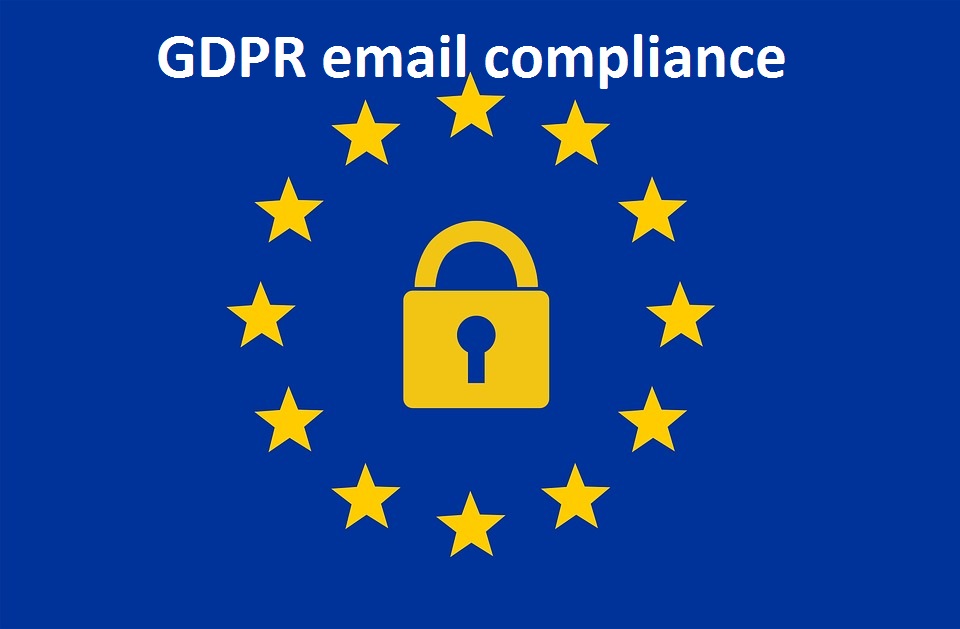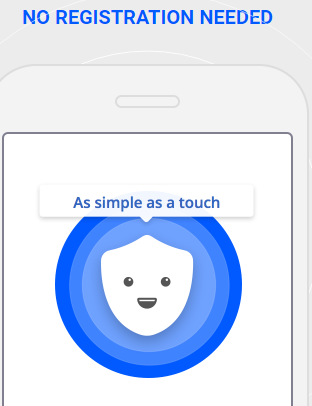GDPR email compliance
Data breaches have been one of the most dreaded topics in recent times. The individual privacy has been at stake and that is precisely why governments have been undertaking measures to address the menace in a possibly stringent ever manner. That should clearly explain the need for the recently announced GDRP regulation from the European Union. more about GDPR email compliance

What is GDPR?
GDPR refers to General Data Protection Regulation. The regulation is aimed at protecting and securing the data that users share with the service providers and websites. It pertains to the storage and use of User Data by websites and similar other online service providers.
The GDPR covers the entire EU region and in fact, should be applicable to any website or online service that has users from Europe. It works as the central law towards enhanced data protection. There are several regulations within GDPR that would cover both website owners and email marketers. The services should have the opt-in options for the users before gathering any data.
There are guidelines that would entail the email marketers send in the email messages only to those users who provide explicit opt in consents. While you collect the information during the opt-in, you should provide complete information about the data being collected and the purpose for which they are being collected.
How Would You Ensure Email Compliance under GDPR?
Emails can be considered both boon and bane for the users who use them or whom they are directed to. In fact, Emails tend to be the first step towards the cyber-attacks and as such need to be addressed accordingly. Assuring data protection guidelines to emails can be the right option for the effective data protection.
The best practices in ensuring email security compliance with respect to GDPR can be summarised as here below.
Archiving
Email archiving should ensure that the personal information is duly removed during the archival process. It is quite obvious that emails contain personal data and need to view with caution from the point of data protection.
Threat Protection
Of course, you are into a genuine email marketing business. But, what if your gullibility is used for data breaches? It would be advisable to employ against malicious attacks. Some such factors that would need attention can be malefic URLs, phishing attempts, imposter attacks and similar other risks. Take every possible measure to enhance the protection against compromising user data.
Email Encryption
Employ such measures as encrypting the emails that could consist of personal data like the social security number, credit card information and other sensitive data. Encryption will ensure protection against the possibility of the data being shared – whether intentionally or inadvertently. This will ensure that you will be protected against the data breach and possible penalties as a result of non-compliance.
Take Care of these Factors to comply with GDPR
GDPR is not meant to penalise your just without any reasons. In fact, it has stringent measures and guidelines so that the sensitive data that users share with you are handled appropriately so that no data breach happens. If you keep yourself abreast with the regulations and what it expects from you, there should be no issues as for the compliance requirements.
Ensure you follow the below mentioned Dos and Don’ts so that the compliance with GDPR would be easy.
- Take explicit consents from your users whenever you are gathering data. Include forms that would let the users opt in or opt out as per their decision. Never use forms with pre-ticked options. The consent should be obtained in a COMPLETELY EXPLICIT manner.
- Never attempt sending an email to anyone who has not provided consent or has opted out of the program.
- Learn the differences between B2B and B2C communication standards. B2C communication is sent to individual clients and you should ensure that you have obtained explicit consent from the users before sending in the emails.
- When you find a new client, don’t just add them to every mailing list you have. Ask for consent for each of the lists. In fact, the consent forms should not be pre-ticked as the users may overlook the options and tend to get the emails that he is not interested in.
- SILENCE does not mean acceptance to get your emails! Don’t add the users to the mailing list just because they have not answered – either in positive or negative.
Many email marketing firms indulge in tracking the email open rate. One of the email marketing strategies involves tracking the email open rate and then resending the mail with a changed content. You used to do that so far, but you need to be careful after GDPR. Tacking the email open rate would amount to monitoring user behavior. As per GDPR, this would amount to collecting user behavior. If you indulge in it, you will need to ask the user whether they would consent to you doing so.
In Conclusion
Well, the GDPR regulation will be coming into force from May 2018. You have time till then to make your strategy compliant with the GDPR guidelines. Whether you are located in Europe or not, the guidelines will be applicable to you as you would be having users across Europe. The major concern is to ask yourself one primary question every time you are sending a communication – Does the user or client have an explicit consent to receive it? If he or she does, there should be no reason why you should be penalized for non-compliance.
Well, the penalties are quite considerable – 20 Million Euros or 4 percent of your global turnover, whichever is higher. If you are a small business, that should not be the small amount. Be compliant and be secure! It isn’t complicated in any way as such. The regulation is designed to protect the data breaches and by complying with the regulations, we would only be lending a helping hand to this venture!
I hope you like the Article on GDPR email compliance 2018
More such awesome Article are as



Leave a Reply